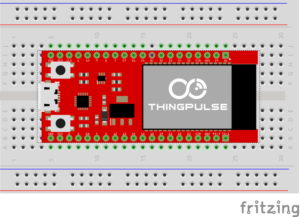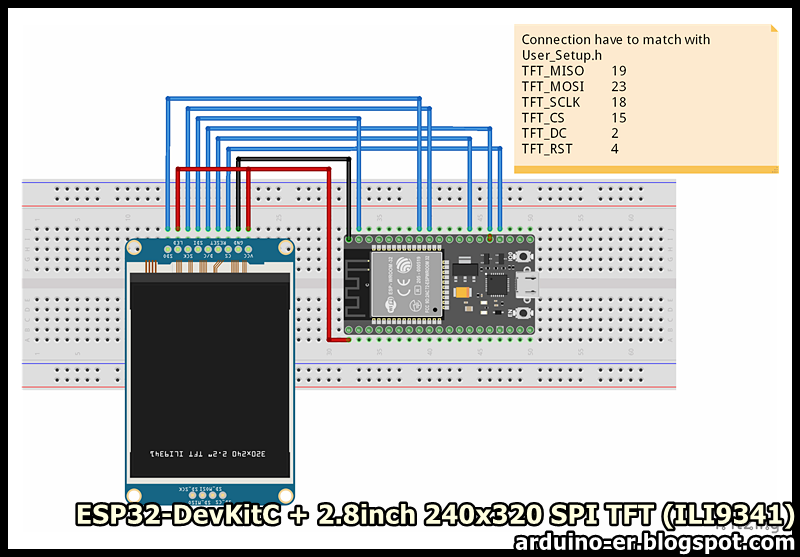
LIVE ESP32 DEVKIT 38 pins.fzpz at master nodemcu fritzing parts mean Web6. If that doesn't work I'll have to learn the rudiments of Eagle. Fritzing offers several ways to easily create the part that you need. I did manage to get a fair handle on Fritzing, may try to transfer the Eagle design file to something Fritzing can import. Knowing how to read and write doesn't mean you will immediately be able to operate all of the word processing software that's available.

The pads, the holes the routing between the pads look all ok. I did a gerber export and let seedstudio produce testboards. The pads are oblong/rectangular - so it is possible to route between pads. If there are "dozens of projects on GitHub" that incorporate the ESP32 I'd like to see a few, so far have found only the ones I mentioned previously.Įagle and Kicad are very complicated applications. The pins are (obvious) in two rows and the distance between the two rows is 11pins (about 1000 mil). I've made some hand-soldered prototype boards that work just fine, now ready to convert to PCB prototype. Similarly, the BME280 Barometric Pressure Sensor is interfaced with ESP32.

You can use free PCB Design & Schematic software like Eagle or KiCad and there are dozens of projects on GitHub which you can use as the base for your design. Now, you can use the library functionalities in your code by importing the. All necessary documentation is available. Loboris wrote:If you have ever designed any PCB it shouldn't be hard to design your own ESP32 board, especialy if you are using the module (ESP-WROM-32 or ESP32-WROVER). NS1 Nanosynth the hackable analog synthesizer is back Build an IoT Gauge with Arduino Yn and IFTTT A Draw it yourself midi controller with a 3d-printed.


 0 kommentar(er)
0 kommentar(er)
